John Newsom, Beyond the Horizon, 2008-09. Credit: Oklahoma Contemporary Museum
Combining realistic representations of animals and vegetation, Abstract Expressionism, and hard-edge geometry, John Newsom’s paintings explore our intricate and complicated relationship with nature. I spoke with John about his origins, his practice, and his upcoming exhibitions – a mid-career retrospective at the Oklahoma Contemporary Museum and a two-person show with Raymond Pettibon in Palm Beach.
NM: I want to start from the beginning. How did you first get into painting and art history?
JN: I was born in Kansas, in the middle of America, in Hutchinson, which is a town outside of Wichita. I lived there for five years and then my family moved to Dodge City, which is kind of mythologized in the American west as this cowboy town, and Jesse James, etc. – it's kind of a legendary place. So that kind of was a fun place to grow up from five to ten. During those five years in Dodge, I would go to this place called Boot Hill, which is a famous old Western subsidiary town within Dodge City. They had reenactments of old Western-themed plays, skits, narratives, salon girl dancers, and cowboy shootouts. It was wild. It was like the wild west. But it was an all-American childhood. I really am from that place, those early roots. That's my foundation. Then at ten, my family moved to Oklahoma, and I spent my formative youth there. I was always painting. I was always drawing. I was just naturally engaged with the process from a very early age. I remember being three, four, and five years old and recalling vivid experiences of the process. It was definitely something more organic than normal. It was just in me. So I came to it very naturally and I just always did that. I mean, I did other things too; I played sports and ran around and did all that kind of stuff, but I was always drawing. I was always painting. That's the early, early beginnings, the seedlings of how things started.

Dodge City, Kansas, 1878.
NM: Right. So in high school, when you applied to RISD, you knew you wanted to attend art school, and that painting was something you wanted to seriously pursue?
JN: Well, we got to step back a little bit before that. Again, in the context of where I was from, I didn't have access to museums or galleries. I was growing up in rural America and it wasn't the urban setting at all. It was just flat planes and a big, open sky. It was interesting, it was through the early days of MTV that sparked my curiosity. Whenever MTV first began, I can't remember the exact date, but I remember watching it because it was exciting. It was new. Today, the young kids, they've got NFTs, they've got the metaverse, they've got all this stuff. We had MTV. That was what we had.
NM: I wish I had MTV.
JN: Yeah, man, I want my MTV! I remember I was watching MTV and Duran Duran came on the station and they were talking to this very strange person. I thought he was a new rock star because that's how we were discovering music. And I love music. Music's had a big influence on me, on my life and my work (and we can get to some of those things. Not to be long-winded about it, but I do have to lay out some of these stories for context). So I was watching Duran Duran interview this artist, and I thought, this guy has to be from London. I'm around 13, I think, when I'm watching this, like, oh man, I can't wait to hear this guy's music. And then they said that he was a painter! Then I really was like whoa, what? A painter? No way. I wanted to see his paintings. And it was Andy Warhol.
NM: Wow.
JN: So I was watching this interview with Warhol and I was really interested in his persona and how he was coming across as someone who could get on MTV as a painter. That was it. That was interesting to me because it was usually Duran Duran, ZZ Top, Def Leppard, you know, stuff like that. It wasn't painting.

Simon Le Bon and Nick Rhodes (Duran Duran) Interviewing Andy Warhol for MTV, 1983
So my mother would drive me and my younger brother to the local library once every other week to check out books. I went to the librarian and I inquired to see if they had any information at all about Andy Warhol. And again, this is Enid, Oklahoma, a town an hour north of Oklahoma City, just south of the Kansas border. The odds of finding any information on Andy Warhol out there were slim to nil. So she came back with a book and it was a new book, a recent anthology on American Pop Art. And they had a little chapter on Warhol. So I checked out the book and I voraciously read it several times and looked at all the pictures, front to back cover. Through that I discovered the world of New York Pop Art – Lichtenstein, Jasper Johns, Robert Rauschenberg, Leo Castelli. I learned the story of the Stable Gallery where Warhol first started exhibiting before he joined Castelli. Leo had picked up Lichtenstein shortly before looking at two early Dick Tracy paintings of Warhol’s – that could get us down a whole other hole.
But anyway, I'm 13, I'm reading all this stuff. Very interested in it, I started drawing images of rock stars and sports figures and artists, things that I'm interested in. I had this kind of double-edge play, this double edge vision at work. One was kind of this Pop vernacular, and the other was just trying to learn the fundamentals of drawing from a more kind of academy style.
But again, where I was, I was restrained, because I didn't have access to the knowledge, to really get it. And you really need, when you're drawing, or when you're doing form like that at any time, whether it's hockey or painting or golf or whatever, you must have a live physical instructor to show you. You have to figure it out live. You can't do that kind of knowledge via a book and have it be as effective. So I just kind of paralleled off into my own world.
Combining realistic representations of animals and vegetation, Abstract Expressionism, and hard-edge geometry, John Newsom’s paintings explore our intricate and complicated relationship with nature. I spoke with John about his origins, his practice, and his upcoming exhibitions – a mid-career retrospective at the Oklahoma Contemporary Museum and a two-person show with Raymond Pettibon in Palm Beach.
Continued to Part 2

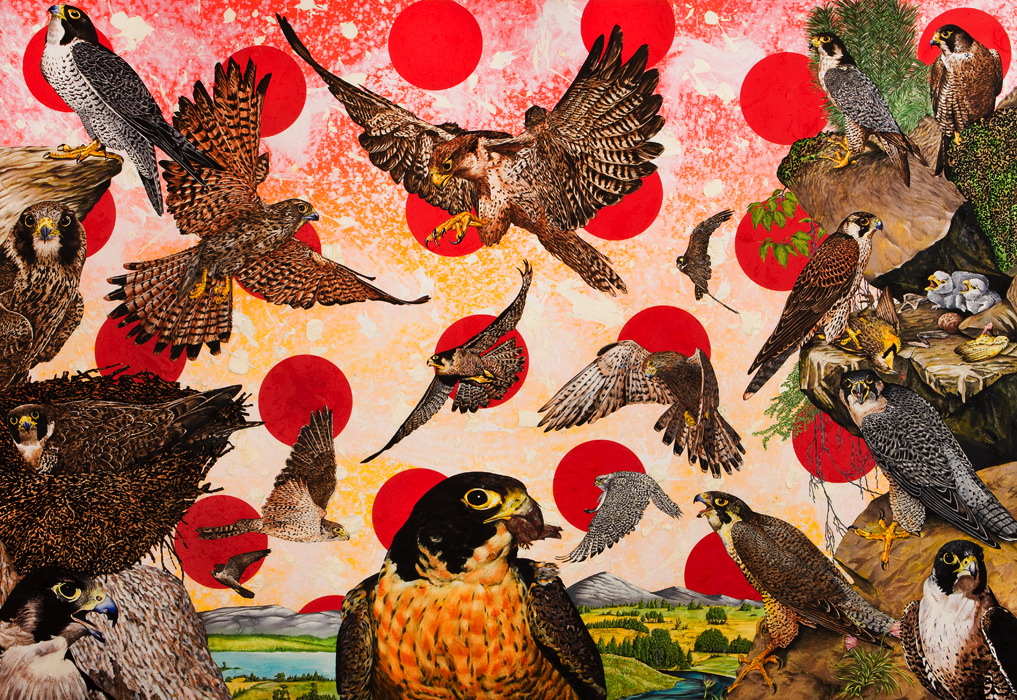


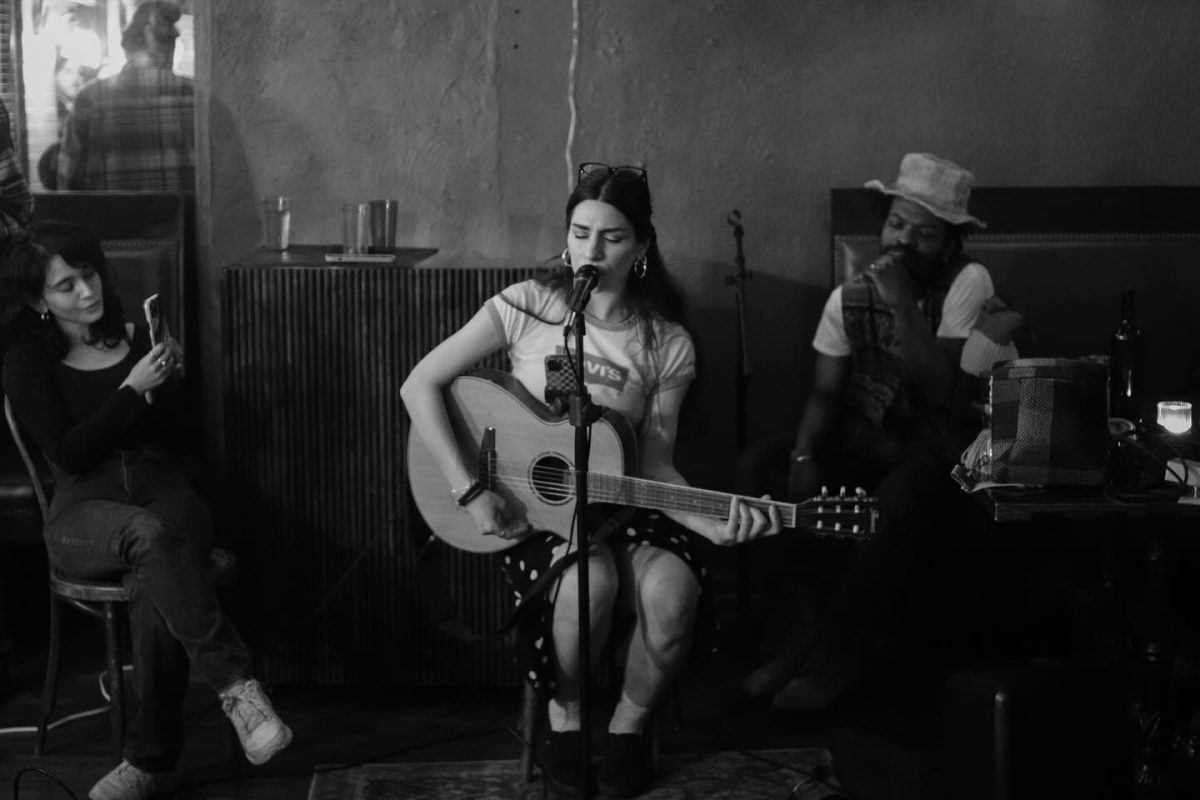
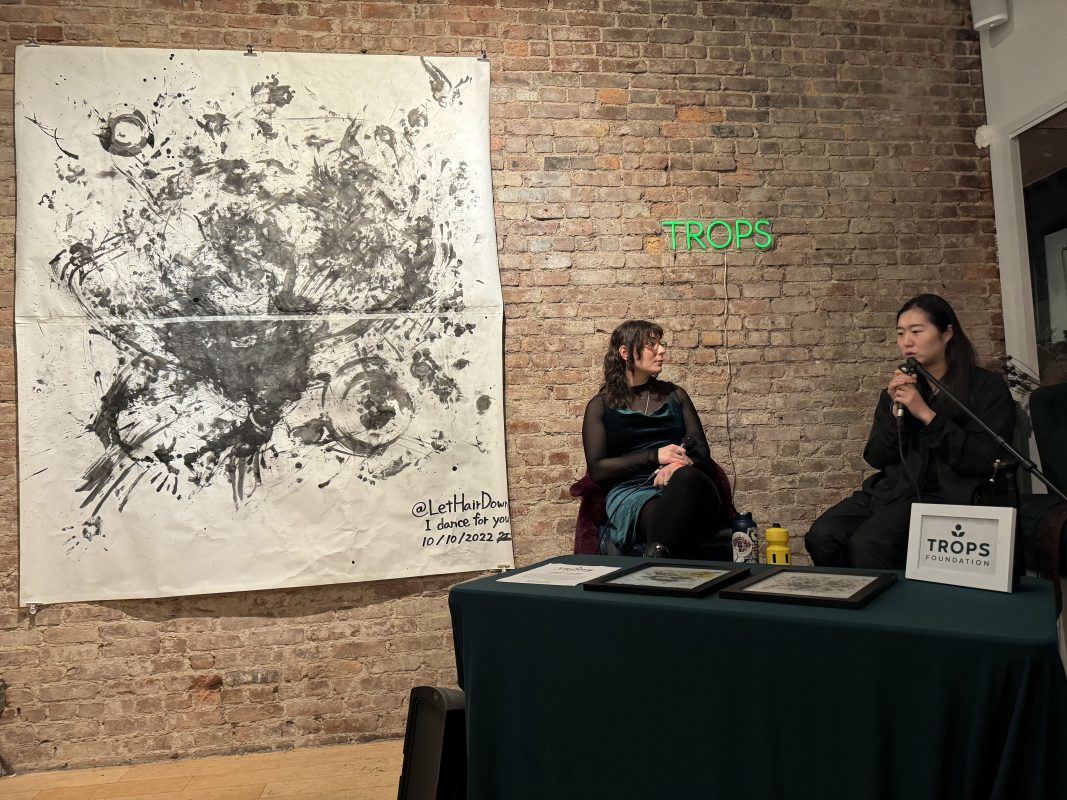
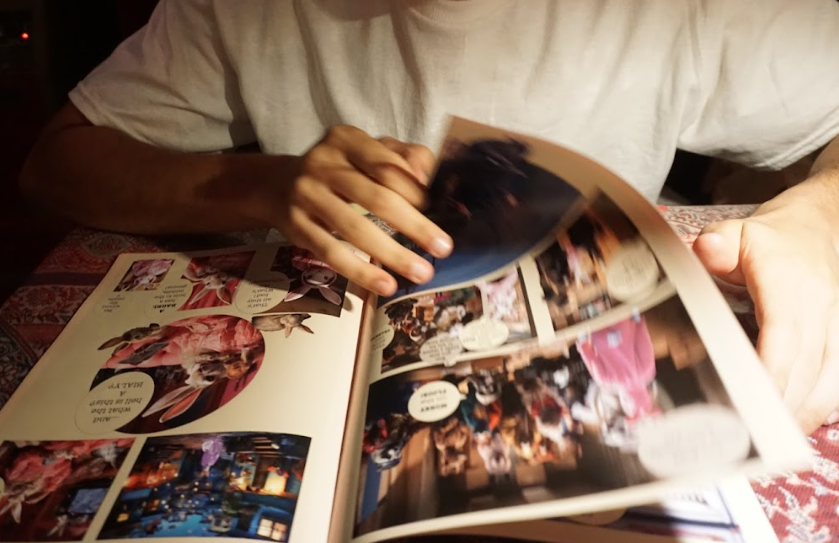
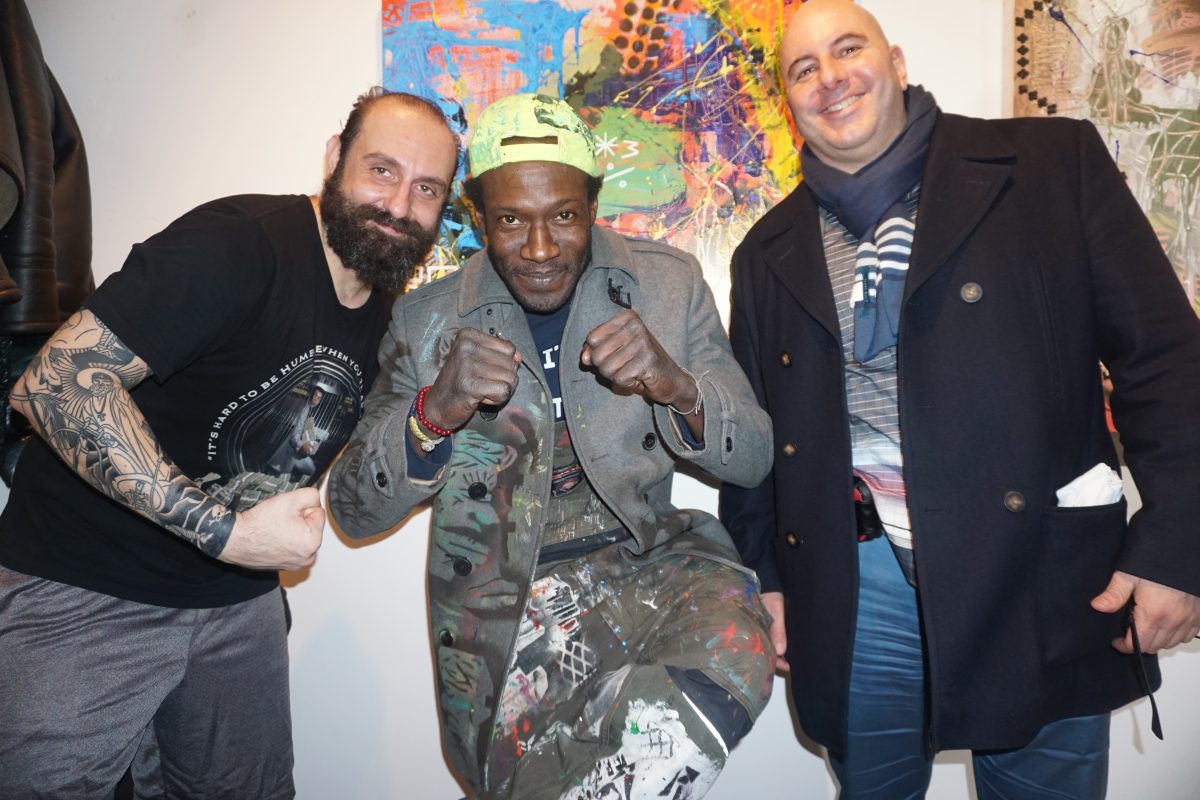
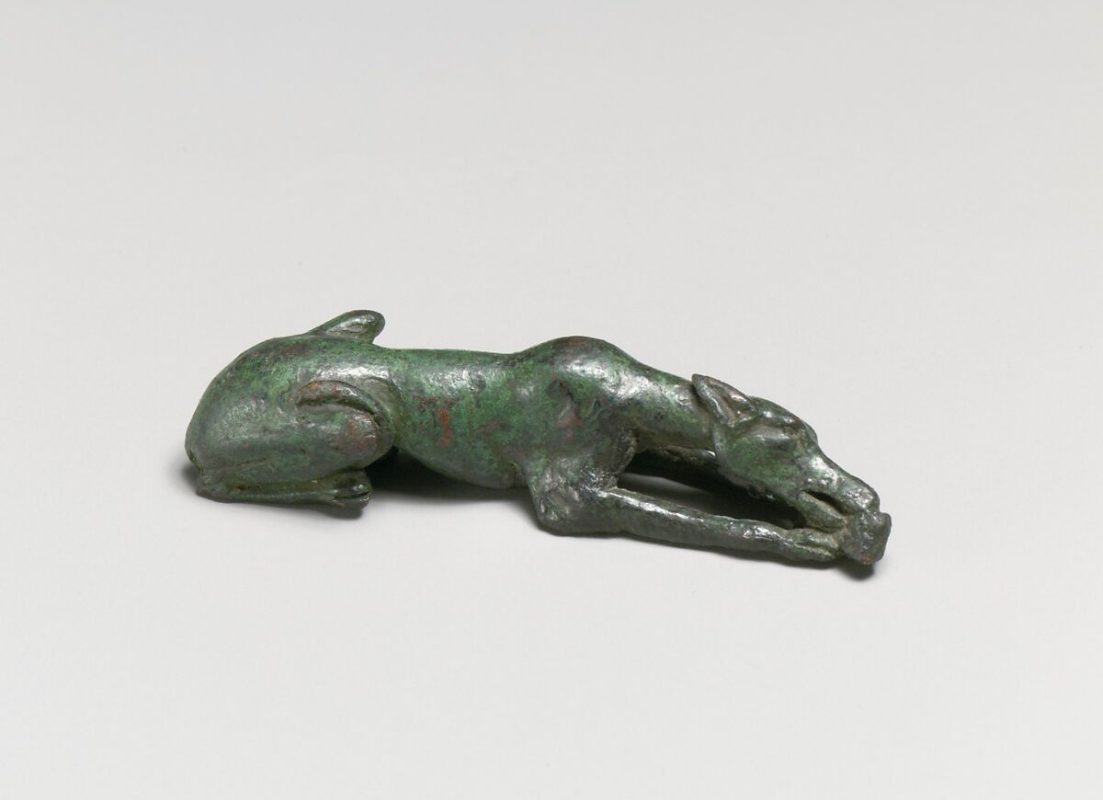
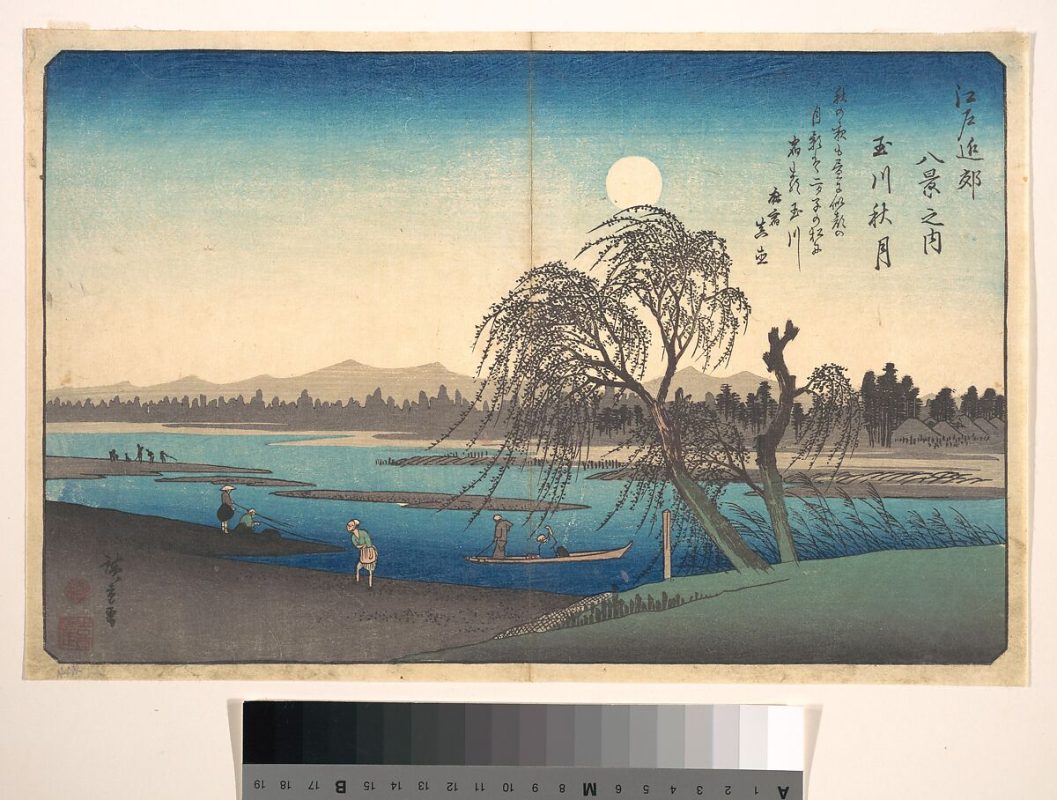
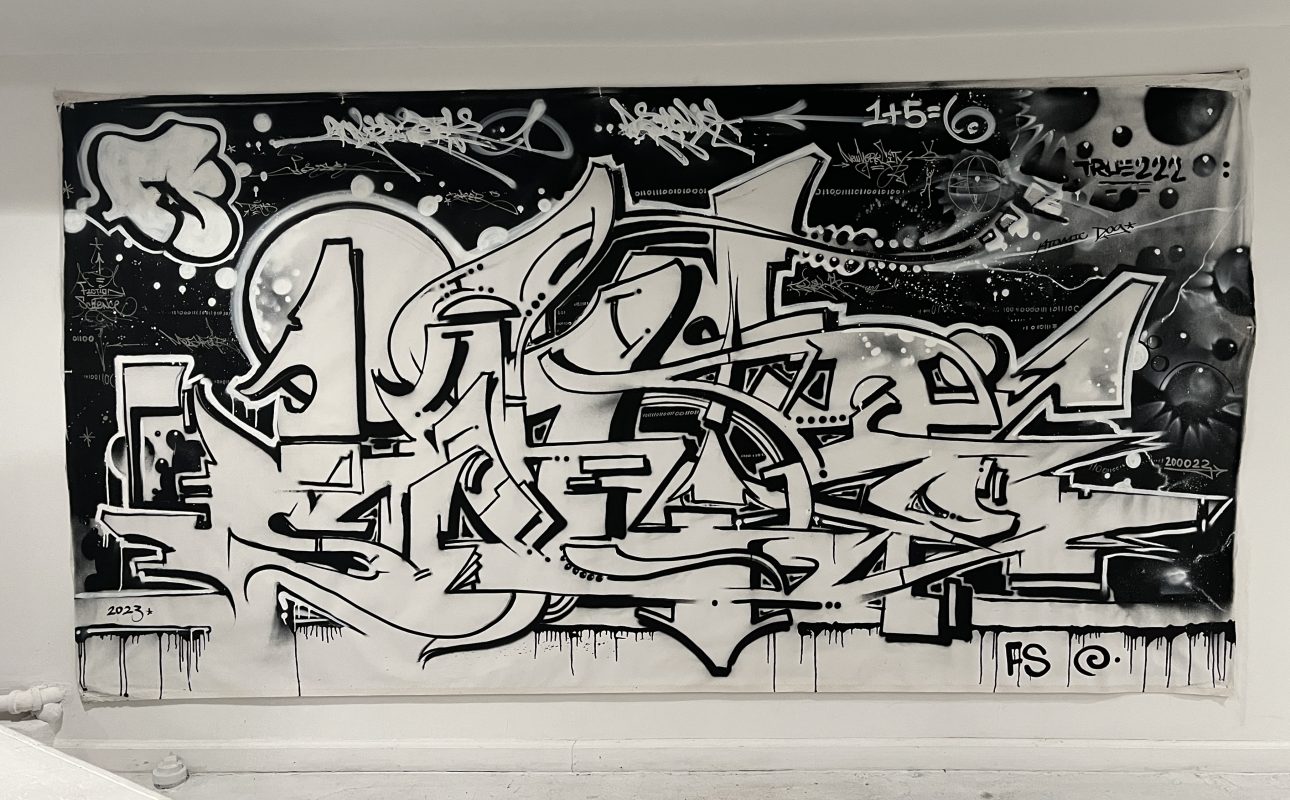
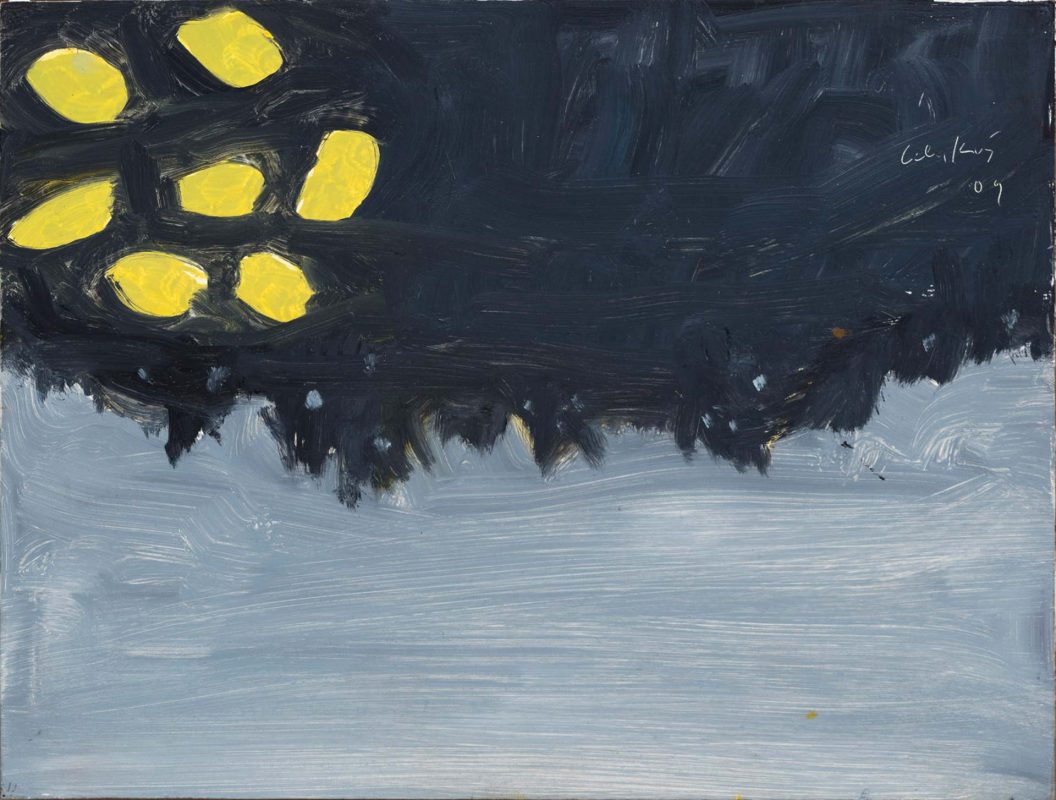

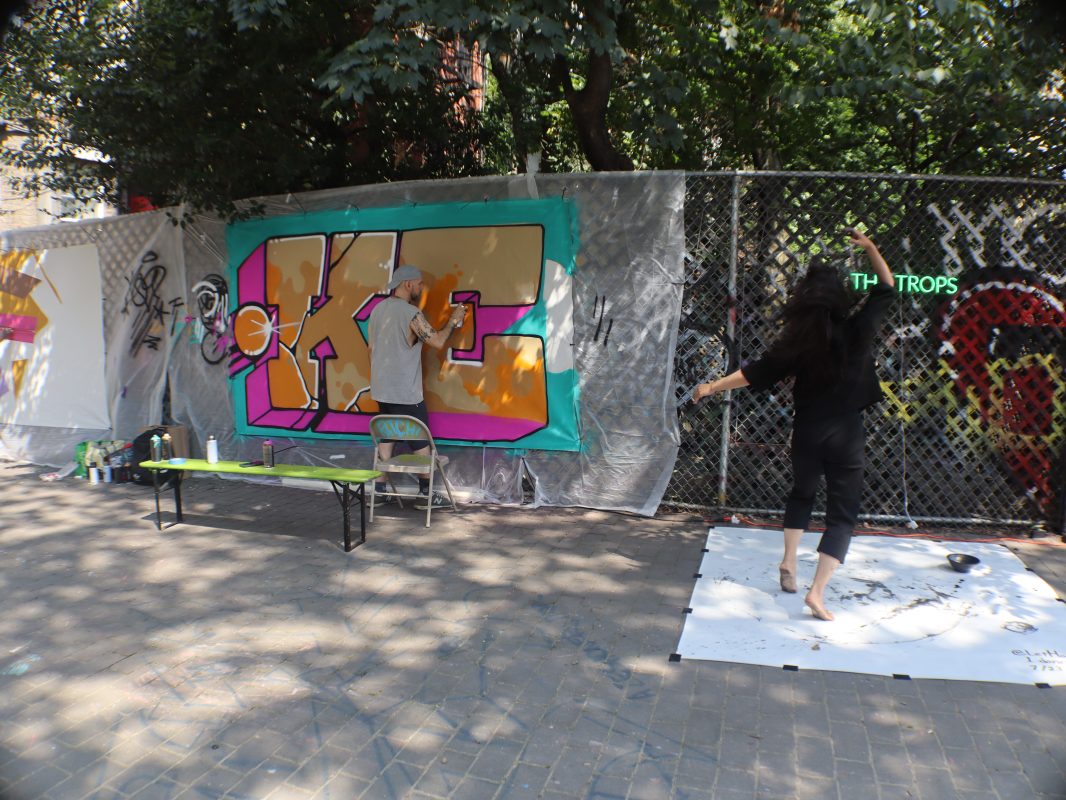
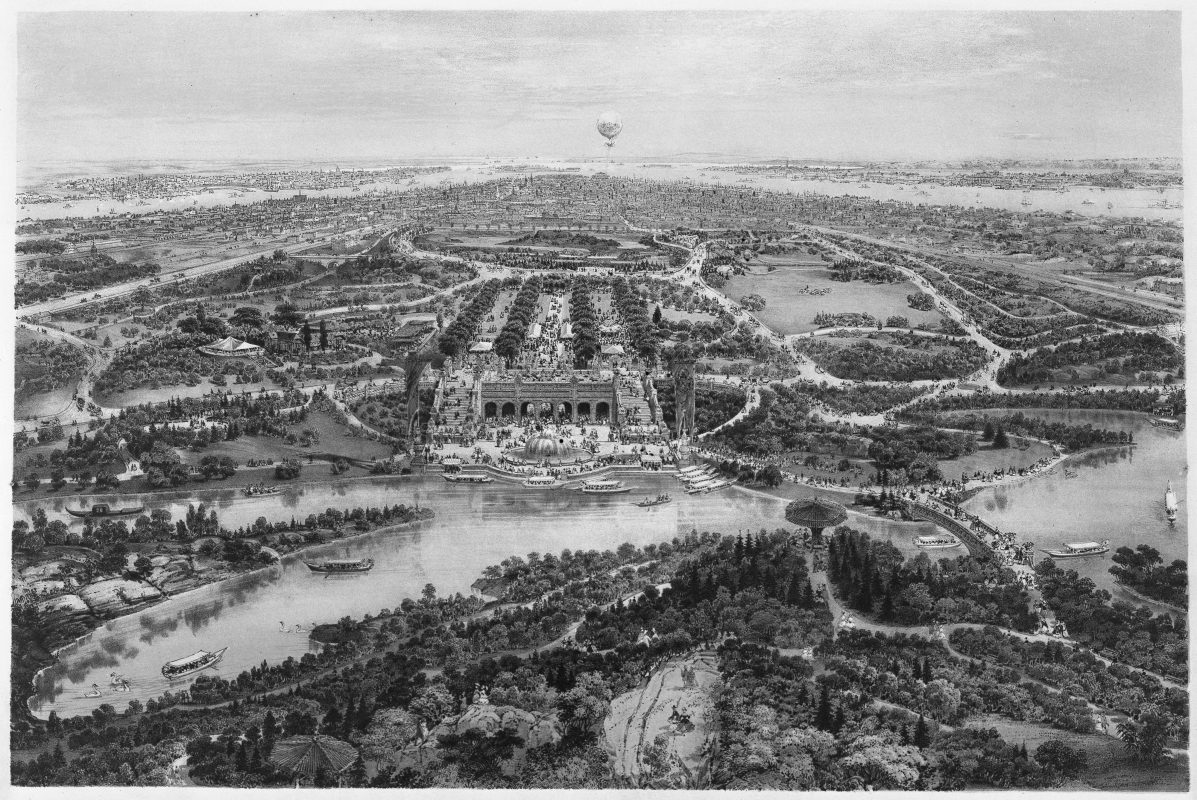
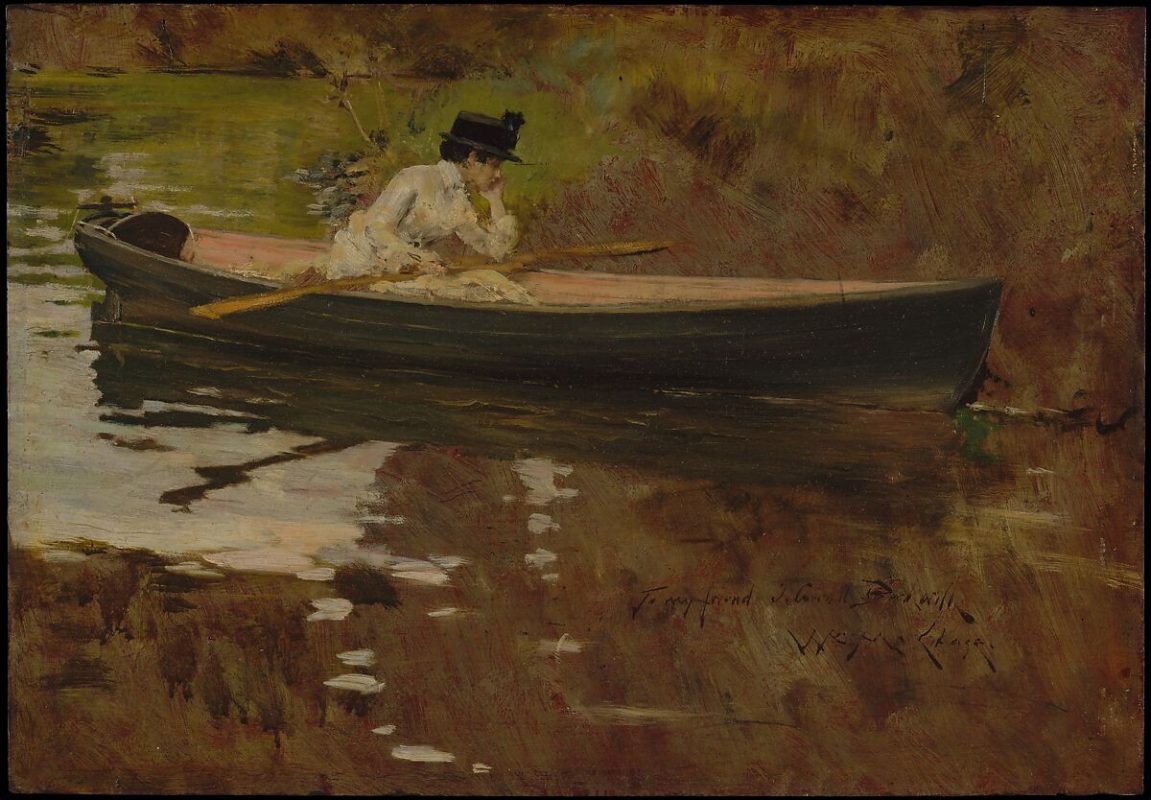
One thought on “Nature’s Course: An Interview with John Newsom (Part 1)”
Comments are closed.